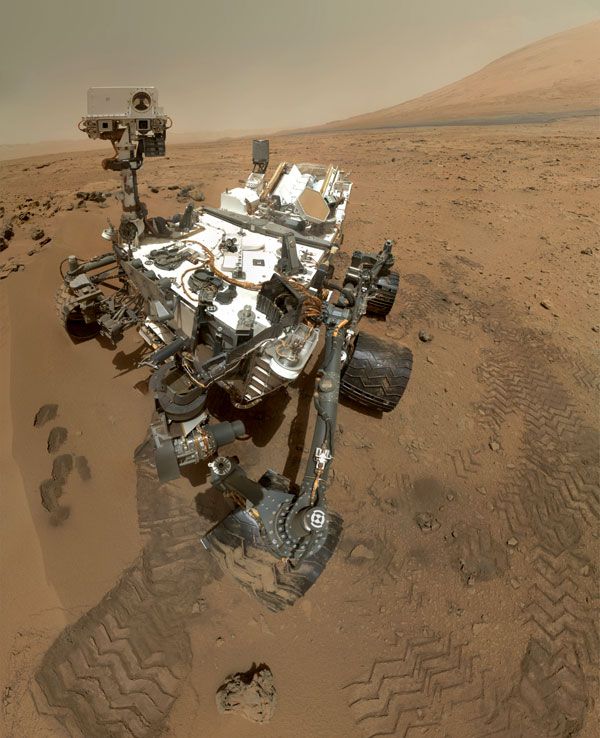
Curiosity's Successor... Quit bangin' your head against the wall, Ashton Kutcher! I'm sure those mosquito nets are making their way to Africa...
****
NASA Announces Robust Multi-Year Mars Program; New Rover to Close Out Decade of New Missions (Press Release - December 4)
WASHINGTON -- Building on the success of Curiosity's Red Planet landing, NASA has announced plans for a robust multi-year Mars program, including a new robotic science rover set to launch in 2020. This announcement affirms the agency's commitment to a bold exploration program that meets our nation's scientific and human exploration objectives.
"The Obama administration is committed to a robust Mars exploration program," NASA Administrator Charles Bolden said. "With this next mission, we're ensuring America remains the world leader in the exploration of the Red Planet, while taking another significant step toward sending humans there in the 2030s."
The planned portfolio includes the Curiosity and Opportunity rovers; two NASA spacecraft and contributions to one European spacecraft currently orbiting Mars; the 2013 launch of the Mars Atmosphere and Volatile EvolutioN (MAVEN) orbiter to study the Martian upper atmosphere; the Interior Exploration using Seismic Investigations, Geodesy and Heat Transport (InSight) mission, which will take the first look into the deep interior of Mars; and participation in ESA's 2016 and 2018 ExoMars missions, including providing "Electra" telecommunication radios to ESA's 2016 mission and a critical element of the premier astrobiology instrument on the 2018 ExoMars rover.
The plan to design and build a new Mars robotic science rover with a launch in 2020 comes only months after the agency announced InSight, which will launch in 2016, bringing a total of seven NASA missions operating or being planned to study and explore our Earth-like neighbor.
The 2020 mission will constitute another step toward being responsive to high-priority science goals and the president's challenge of sending humans to Mars orbit in the 2030s.
The future rover development and design will be based on the Mars Science Laboratory (MSL) architecture that successfully carried the Curiosity rover to the Martian surface this summer. This will ensure mission costs and risks are as low as possible, while still delivering a highly capable rover with a proven landing system. The mission will constitute a vital component of a broad portfolio of Mars exploration missions in development for the coming decade.
The mission will advance the science priorities of the National Research Council's 2011 Planetary Science Decadal Survey and responds to the findings of the Mars Program Planning Group established earlier this year to assist NASA in restructuring its Mars Exploration Program.
"The challenge to restructure the Mars Exploration Program has turned from the seven minutes of terror for the Curiosity landing to the start of seven years of innovation," NASA's associate administrator for science, and astronaut John Grunsfeld said. "This mission concept fits within the current and projected Mars exploration budget, builds on the exciting discoveries of Curiosity, and takes advantage of a favorable launch opportunity."
The specific payload and science instruments for the 2020 mission will be openly competed, following the Science Mission Directorate's established processes for instrument selection. This process will begin with the establishment of a science definition team that will be tasked to outline the scientific objectives for the mission.
This mission fits within the five-year budget plan in the president's Fiscal Year 2013 budget request, and is contingent on future appropriations.
Plans also will include opportunities for infusing new capabilities developed through investments by NASA's Space Technology Program, Human Exploration and Operations Mission Directorate, and contributions from international partners.
Source: NASA.Gov
****

NASA / JPL - Caltech / MSSS

No comments:
Post a Comment